Walmart to Remove Artificial Colors From Store Brands
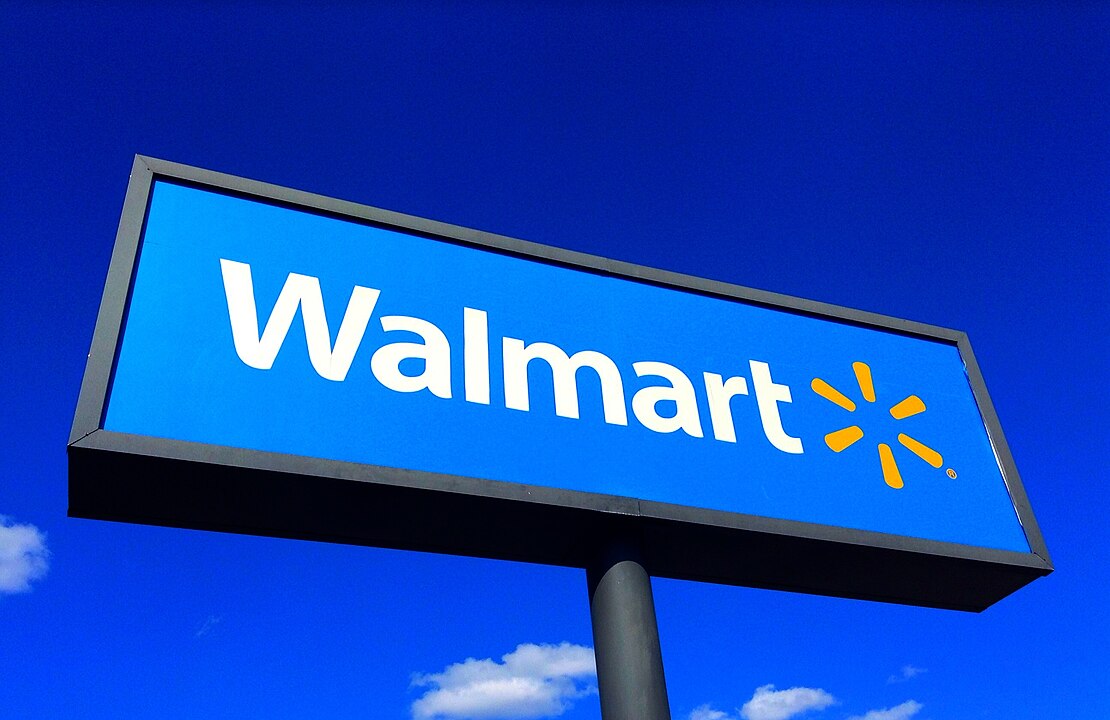

Walmart is taking a major step toward cleaner ingredient labels.
The retail giant announced plans to phase out artificial colors and other additives from its private-label food products, following a growing wave of consumer demand for simpler, more natural ingredients.
The changes will be fully implemented by 2027 and will affect thousands of items sold nationwide.
A Major Food Policy Shift
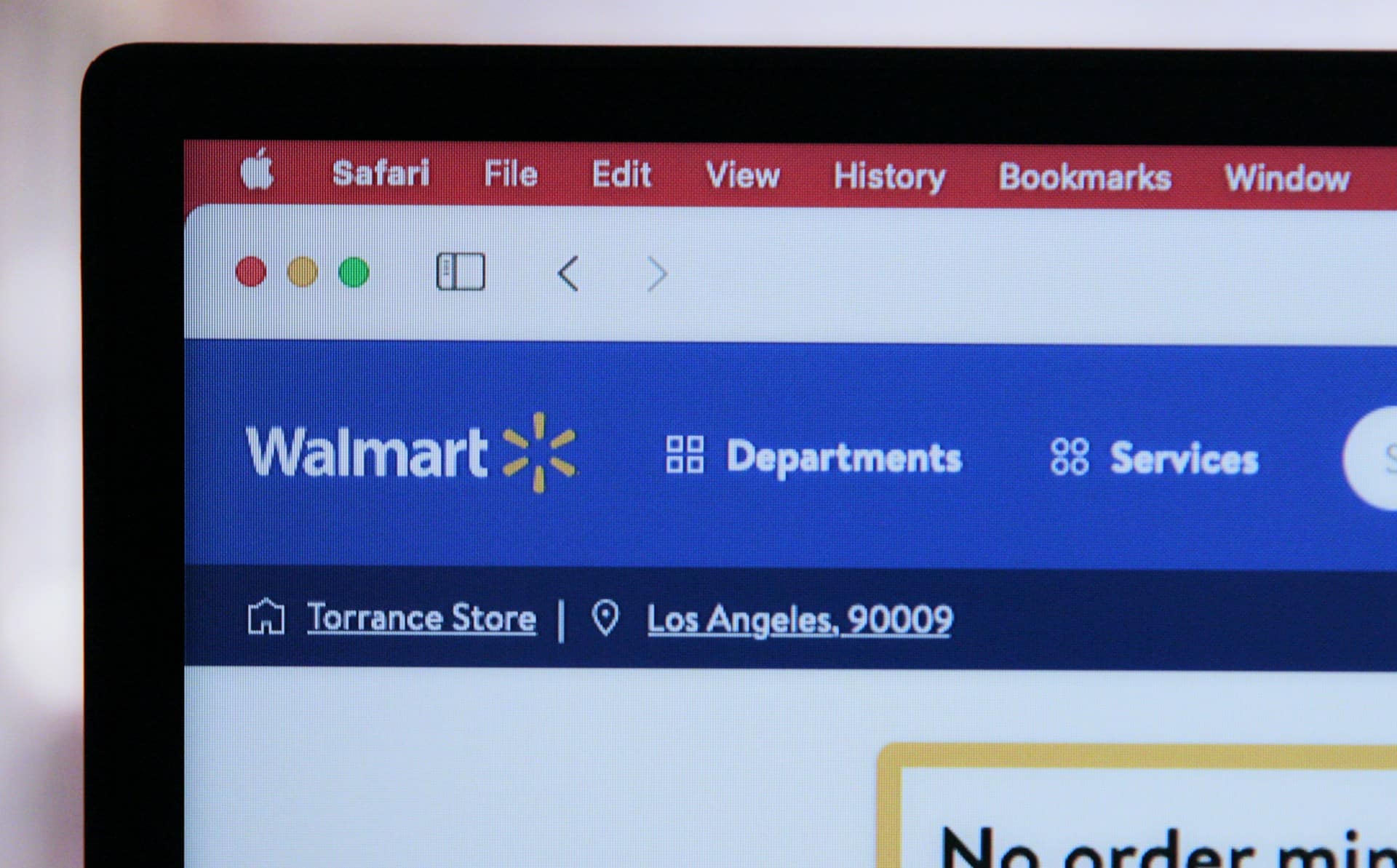
The company revealed its new initiative through an official corporate announcement, stating that it will eliminate synthetic dyes from all U.S. private-brand food products. This includes well-known lines like Great Value and Marketside. Walmart’s goal is to give consumers clearer, cleaner ingredient lists while aligning its products with shifting dietary preferences and health trends.
The 2027 Timeline
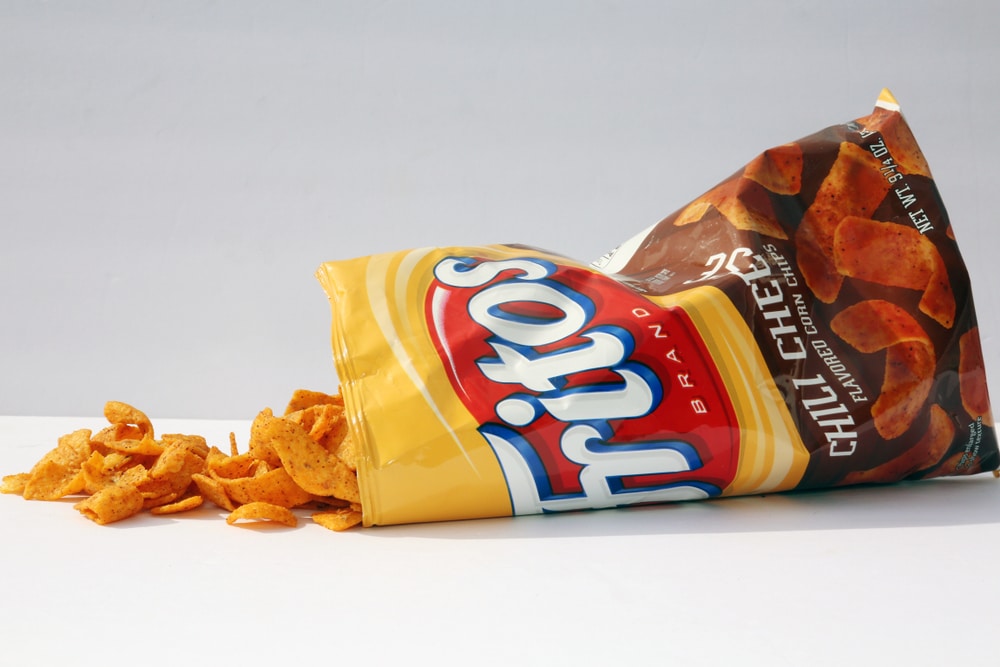
Walmart’s plan gives suppliers time to reformulate products without compromising flavor or shelf life. By January 2027, the company expects all private-label foods to be free of synthetic dyes and around 30 other targeted additives, such as brominated vegetable oil and potassium sorbate, as noted in ABC7’s coverage. The changes will appear gradually on shelves, with updated labels highlighting the cleaner formulations.
This shift will affect everyday staples like cereals, dressings, snacks, and beverages, where synthetic colors are most common.
Sam’s Club Led the Way
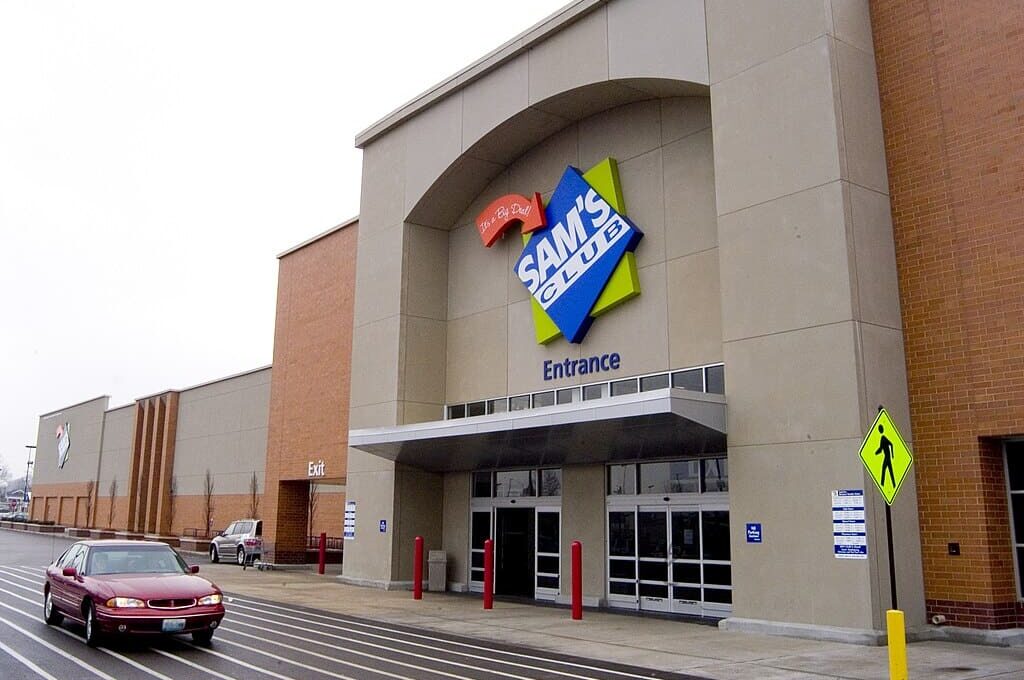
Interestingly, this isn’t Walmart’s first foray into cleaner labeling. Sam’s Club, its wholesale subsidiary, announced earlier in June 2025 that 96% of its Member’s Mark food and beverage products already met its Made Without goals, which include the removal of synthetic dyes. The retailer pledged full compliance by the end of 2025, effectively pioneering the shift months before Walmart’s October announcement.
Why This Move Matters
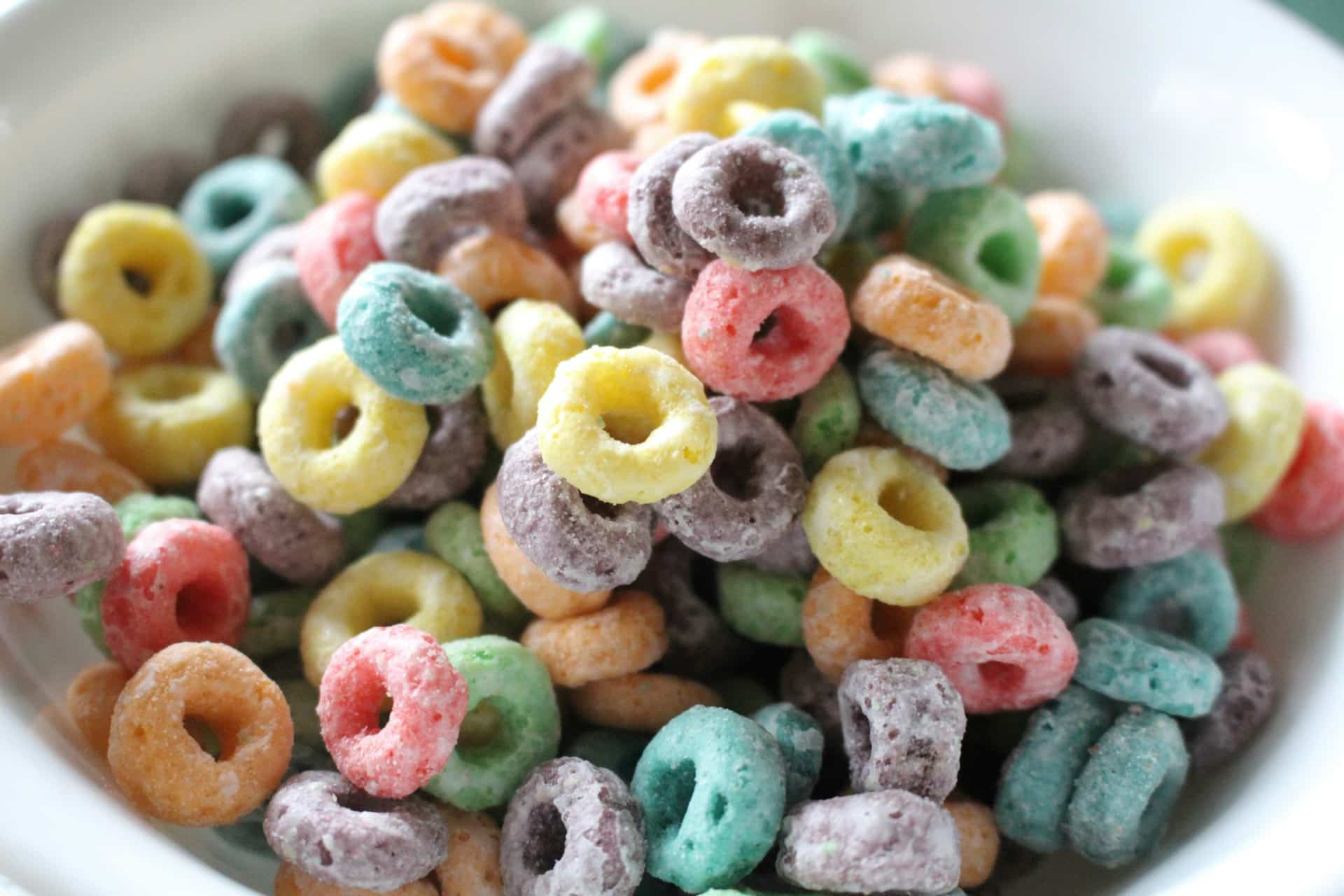
Removing artificial colors is more than a branding decision. Research has linked certain petroleum-based food dyes to hyperactivity in children and other health concerns, prompting both public pressure and policy debates. The U.S. Food and Drug Administration tracks voluntary industry pledges to reduce such additives and notes that companies are moving toward natural alternatives faster than regulations alone would require.
The Broader Food Industry Trend
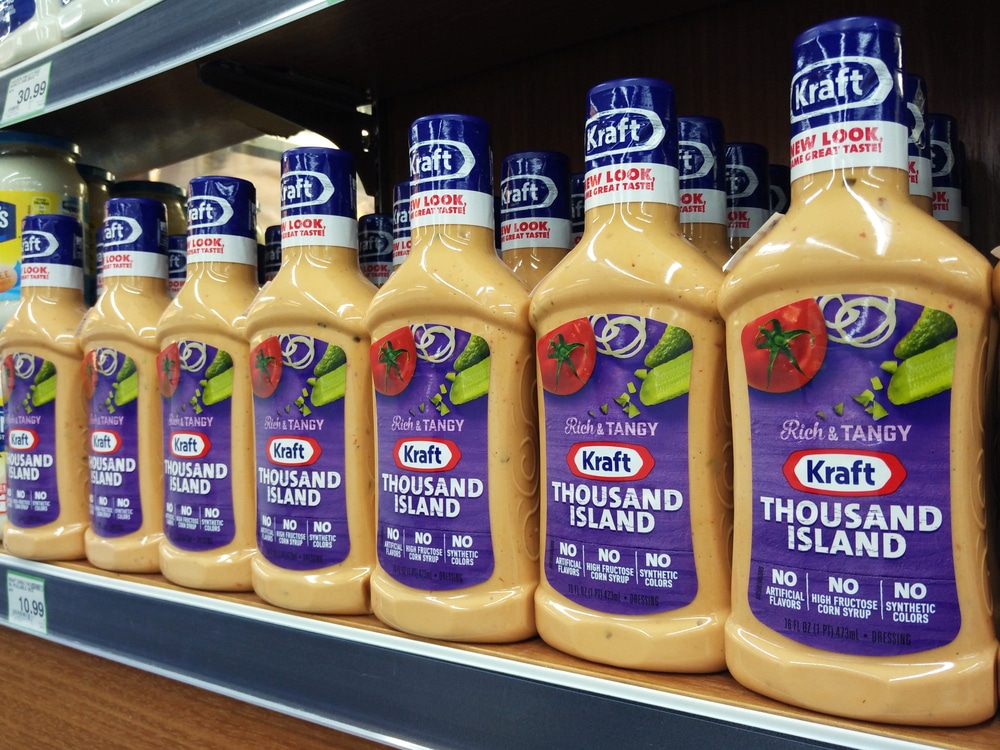
Walmart’s decision aligns with a broader food industry trend toward “clean labels”. Retailers like Aldi and manufacturers such as General Mills and Kraft Heinz have also pledged to phase out petroleum-based dyes and other artificial ingredients. Natural food coloring, plant-based sweeteners, and simpler ingredient lists have become key selling points in an increasingly health-conscious market.
What Are Synthetic Dyes?

Synthetic dyes are petroleum-derived additives that give processed foods their bright, uniform colors. While widely approved for use, these additives have drawn scrutiny for their potential health and behavioral impacts. Unlike natural colorings from fruits or vegetables, synthetic dyes don’t provide nutritional benefits and are often used purely for visual appeal.
Think of the bright colors in fruit snacks, flavored yogurts, powdered drink mixes, or candies—these are exactly the kinds of products that rely on synthetic dyes for their trademark hues. For many families, these are everyday pantry staples, which helps explain why Walmart’s reformulation pledge is likely to be felt across multiple aisles.
What Will Replace Them?
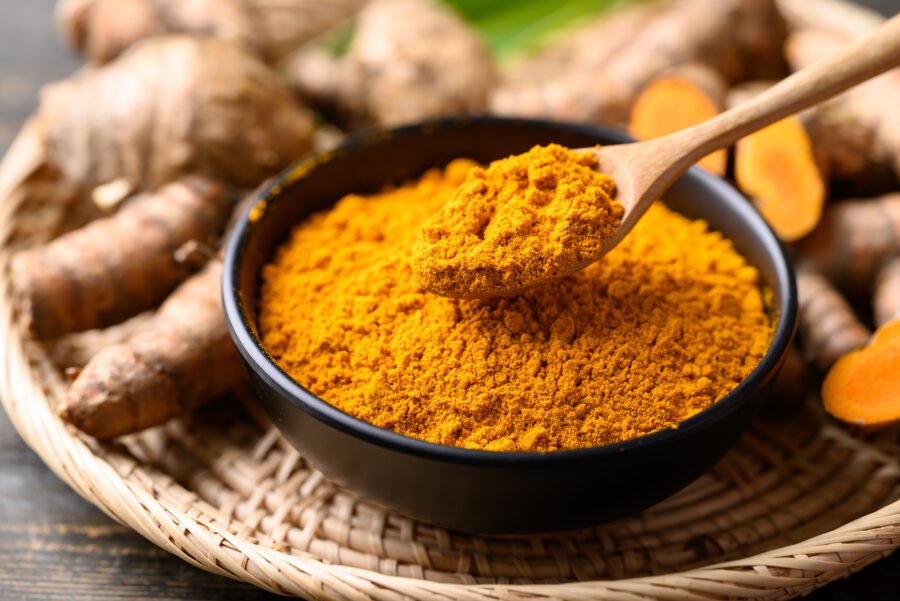
Walmart hasn’t specified exact replacements for each ingredient, but the industry trend points toward natural coloring agents, such as beet juice, turmeric, spirulina, and annatto. These alternatives are already popular in products targeting families and health-conscious shoppers. Reformulating at Walmart’s scale may accelerate innovation in natural color technologies and sourcing practices.
Potential Challenges Ahead

Removing synthetic dyes sounds straightforward, but it comes with technical and economic challenges. Natural dyes can behave differently in recipes, affecting color stability and taste. Reformulation requires testing, investment, and supply chain adjustments. However, Walmart’s multi-year timeline gives manufacturers a realistic runway to adapt without major disruptions to product availability.
A Signal of Change
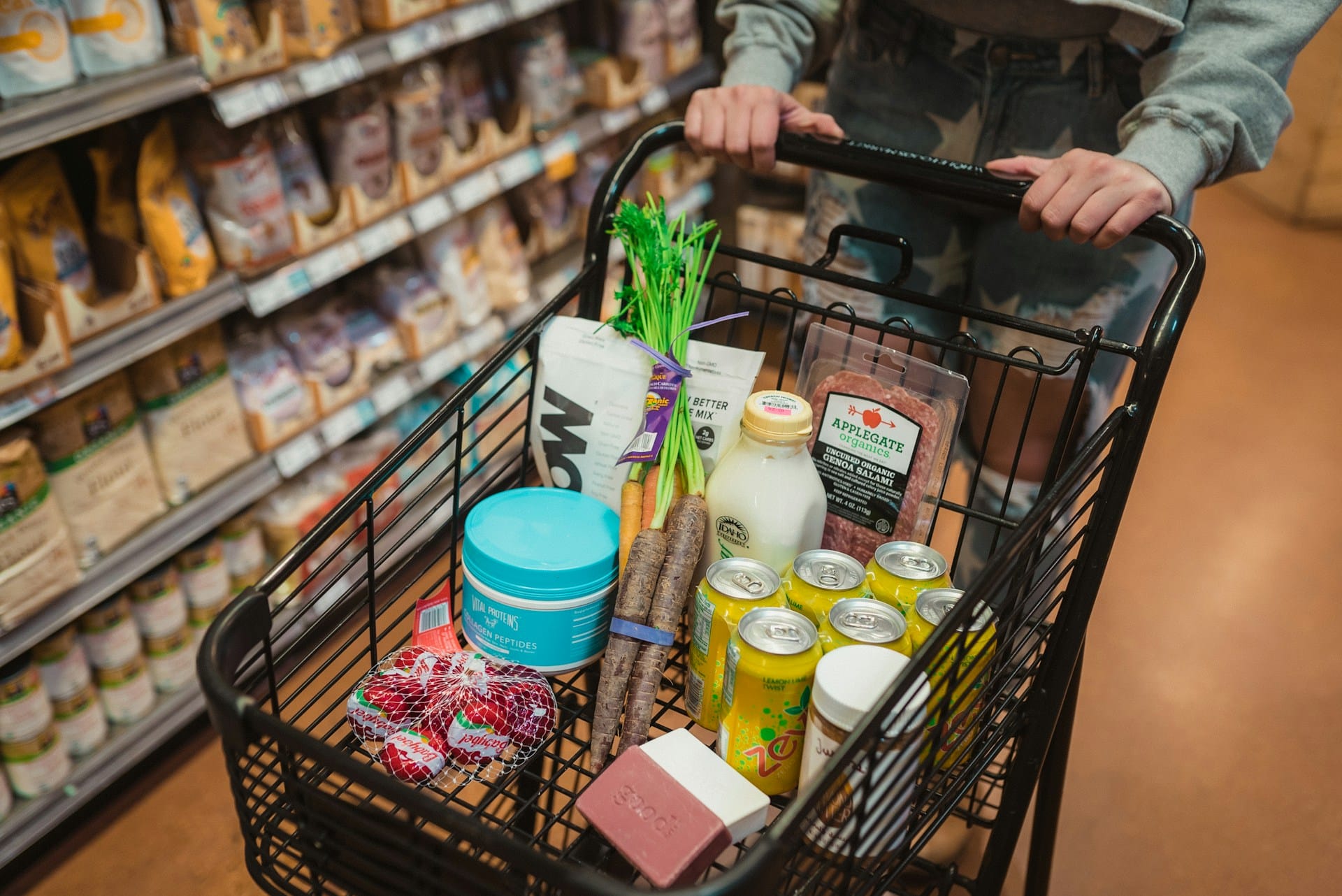
This progressive move from major retail stores marks a turning point for the American grocery landscape. The world’s largest retailer adopting cleaner-label standards sends a powerful message to suppliers and competitors alike. For consumers, it reflects a clear cultural shift: ingredients matter, transparency matters, and the products on store shelves are changing to reflect that.
